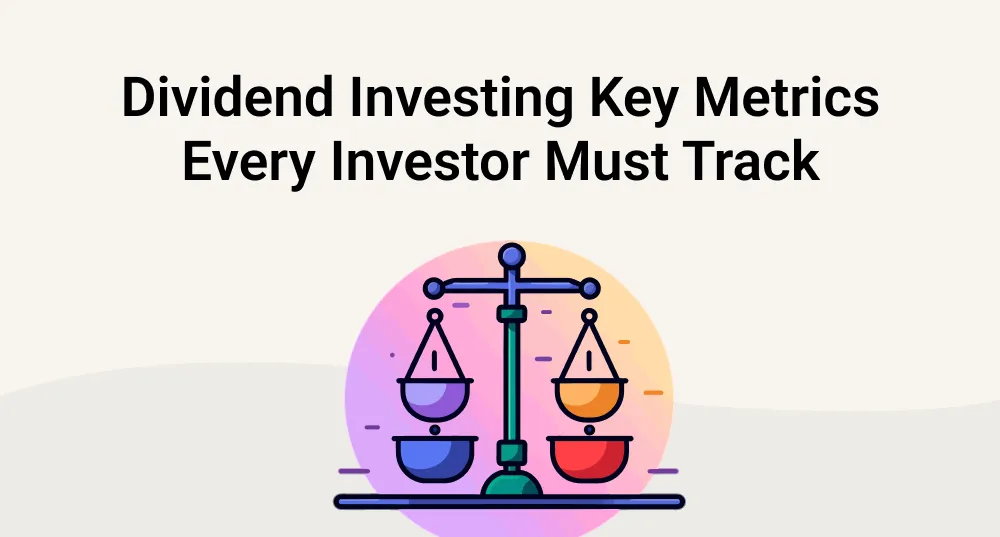Trying to figure out how much of your portfolio to dedicate to cash can be difficult, especially if you are just beginning your investing journey. Often, you’ll find that each expert has a unique approach and it can be hard to know which one is right for you. Let’s break down some of the factors you should take into consideration when asking “How much cash should I have in my portfolio”.
What Role Does Cash Play in Your Portfolio?
Over recent years, the interest rate has been close to zero. Keeping cash on hand will be earning you next to nothing. But if you were able to invest it wisely, you should be able to earn a 10 percent average yearly return. So, why keep cash at all?
The main reasons why you should keep at least a proportion of your investment portfolio in cash include:
- Take advantage of buying opportunities. If the market dips enough to offer an attractive buying opportunity, you’ll be able to swoop in and take advantage. This liquidity is the reason why Warren Buffet keeps a minimum of $20 billion in cash at Berkshire Hathaway.
- Providing stability. In a bear market, you don’t want to panic and start selling stocks at a loss. Having a cash buffer can help stop you from doing this. So, now that we know why it’s a good idea to keep cash, how much should you have? Here are some things to consider.
Emergency Fund
Over time, the stock market has always gone up. But there will be periods of drawdowns. Often, it will only be a few years to recover from a serious market downturn. You need to be prepared for these occasions. This is why it’s recommended that investors maintain an emergency fund. If you lose your job or run into unexpected expenses, you don’t want to be forced to sell your stocks at a loss.
How large you want to make your emergency fund will depend. It’s generally recommended that you have at least three months of expenses. Though it’s best to keep six months of expenses in cash.
How you choose to store the cash element of your investment portfolio can vary. You might want to keep it in the bank. This is the safest option. Though this will be earning a relatively weak return, it will give you peace of mind.
In a low-interest rate environment, you might be tempted to incorporate it into your investment portfolio. If this is the case, it should be limited to low-risk assets, like bonds. You should take an approach that is focused on preserving capital. These assets should be able to be liquidated quickly, so you can get the money if you need it.
Risk/Reward
Another element that investors should consider is their risk profile. Cash is one of the safest places to keep your money. But it offers a low return. On the other hand, investing it will come with a risk. After all, stocks can also go down in value. Because of this, more cautious people opt to keep a higher percentage of their portfolio in cash.
It should be noted that your risk profile might change over time. For example, if you are younger, you might opt to remain close to fully invested. But as you start to move towards retirement, you can start to increase the amount that you have in cash, so you are less exposed to a potential market downturn.
Views on the Market
Investors might also want to consider how they are feeling about the stock market. Some investors, like Warren Buffet, will prefer to allow their cash reserves to grow, rather than purchase an overvalued company.
Another reason why professional investors might grow their cash reserves is to allow them to take advantage when the market falls. Because of this, if they suspect that there is a downturn on the cards, they might grow cash reserves to prepare.
But this can be a risky strategy. If the market doesn’t drop as you predicted, you will be missing out on potentially lucrative returns.
Interest Rate
It’s also a good idea to take the interest rate into account. In a low-rate environment, cash is earning nothing. Because of this, it makes more sense to take on the additional risk by investing in the market.
However, when the interest rates start to rise, that dynamic begins to shift. The yield from cash will start to grow, so it makes more sense to leave some extra money in the bank.
It’s also important to take the inflation rate into account. Inflation is a measure of how much it costs to purchase everyday items. If the inflation rate is higher than your interest rate, your cash will be losing purchasing power.
How Much Cash do Professionals Keep?
We’ve looked at some of the factors that investors consider when they ask “How much cash should I have in my portfolio?”. But what about the professionals. How much of their portfolio is sitting in cash?
Understandably, this will vary depending on the manager and the market conditions. It’s common for them to keep around five percent in cash, in case a good opportunity comes along. Usually, though, a fund manager will only keep a maximum of 10 to 15 percent in cash. According to the Bank of America, portfolio managers currently have 6.1 percent of their portfolio in cash. This is one of the highest levels in history, with many concerned about the future of the market.
This can be compared to retail investors, who tend to have a lot more cash in their portfolio. This is likely because of fear. Putting your hard-earned money into the market can be scary, especially since there is a chance you could lose it all. This attitude is highest amongst young people, despite many experts recommending that they should have more money in the market, due to the long-term investment horizon. According to CNBC, people aged in their 20s have 28 percent of their portfolio in cash.
Conclusion
Trying to get the right amount of cash in your portfolio can be tricky. It will depend on your attitude to the market and your risk appetite. Generally, though, five percent cash is considered the minimum, and 20 percent cash should be the maximum.
Beanvest will help you keep track of your investments portfolios and have a better understanding of your performance.
Start with our 100% free portfolio tracker today:


